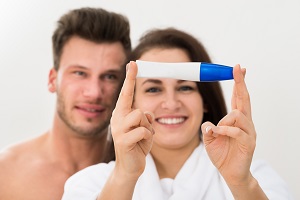Throughout her life, a woman's fertility increases and decreases several times. A study by the University of Copenhagen proves this. The discovery could change the way couples approach fertility therapies.
Researchers have mapped the mechanisms that influence female fertility, ranging from menarche to menopause. These mechanisms largely depend on spontaneous chromosomal errors, which vary according to the age of women. To do this, the scientists examined 3,000 egg cells taken from women aged 9 to 43 years. Before the menarche, the egg cells are immature. At this time, a special molecular "glue" holds the chromosomes together. When the oocytes mature, then the chromosomes divide.
The older the woman, however, the more likely it is that the chromosomes separate before time. This makes the egg cell useless or bearer of abnormalities such as Down syndrome. Such a phenomenon is also common among younger girls. In these cases, the oocytes fail to mature sufficiently, which leads to chromosomal errors. As a result, the adolescent period is almost as fertile as that preceding the menopause. When the girl grows up and becomes a young woman, the oocytes also become healthier and the abnormalities diminish. The trend goes on for all twenty years. As 30 years approach, errors start to increase again.
The study shows that fertility has several curves throughout a woman's life. This is a special case in nature: other primates tend to be fertile more or less in the same way, throughout adult life. It may be that poor juvenile fertility serves to prevent pregnancy while the body is still developing.
Source: healthsciences.ku.dk



